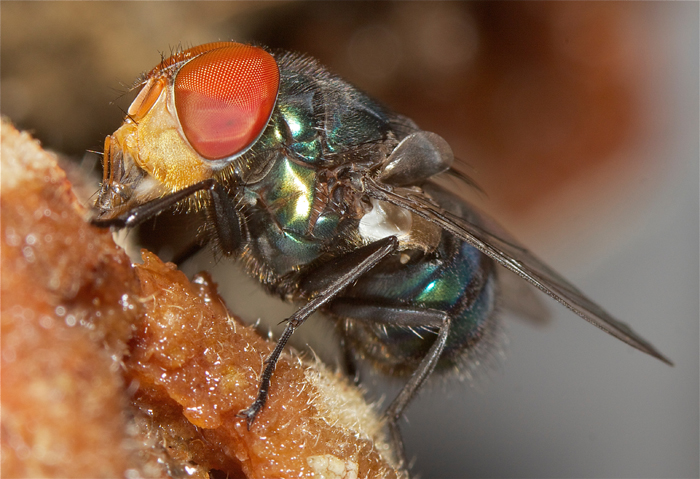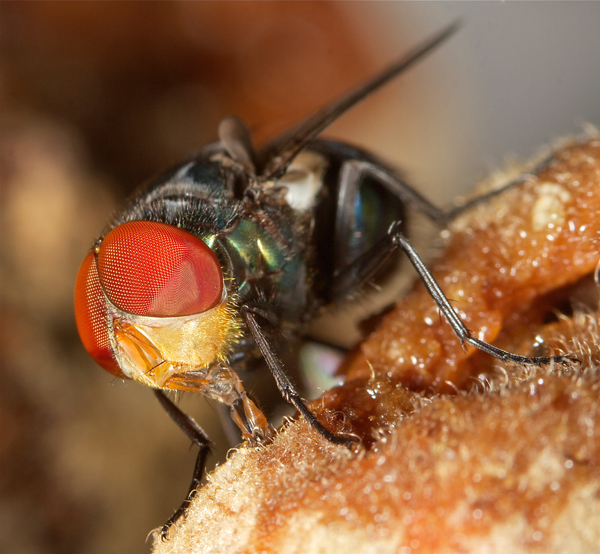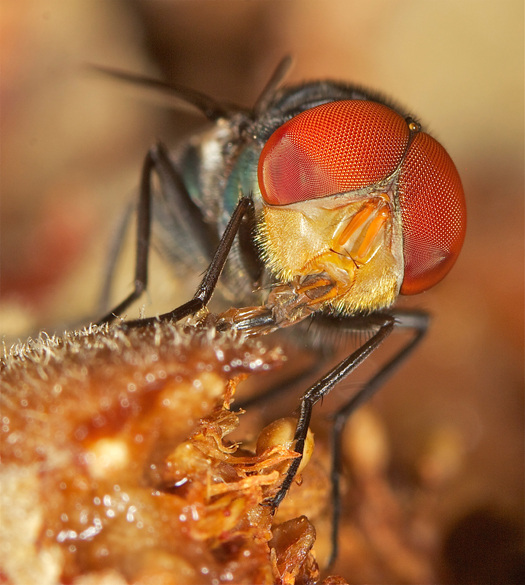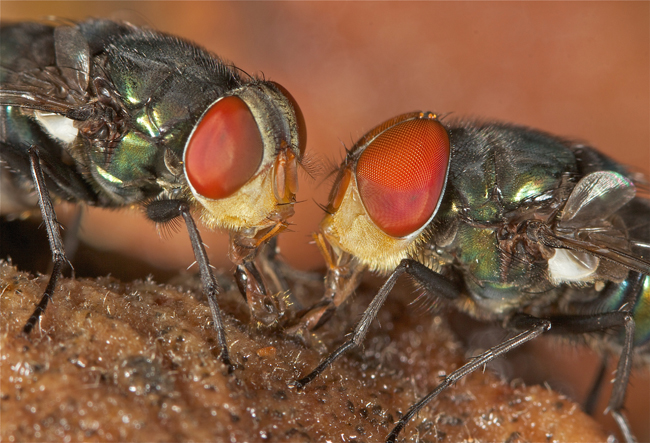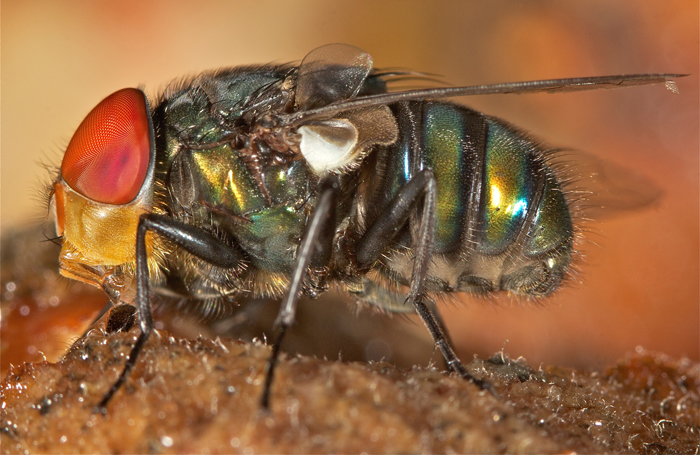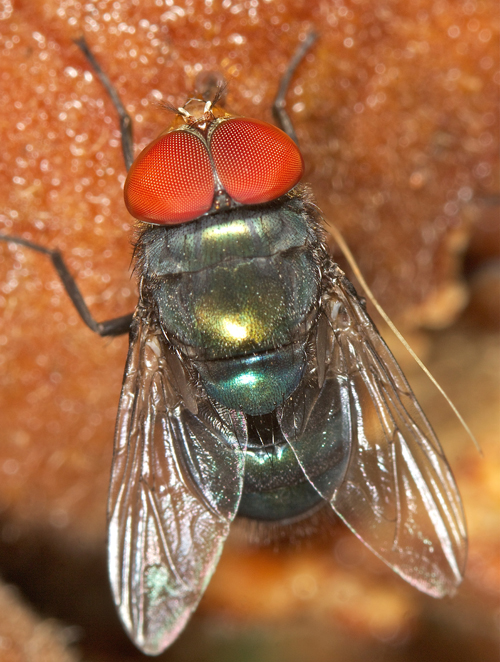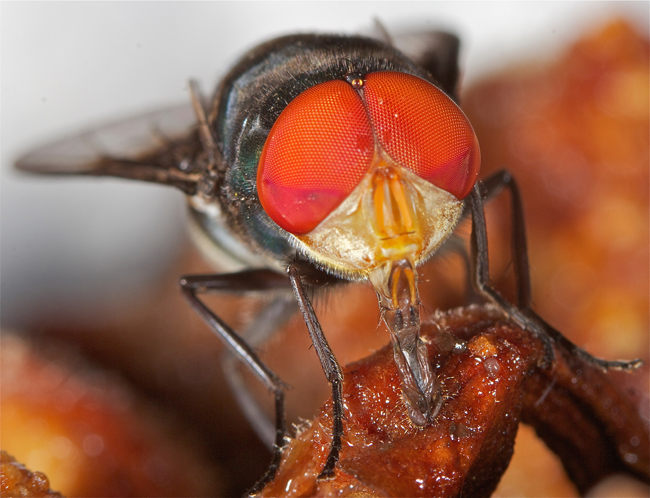These flies are difficult, so now an ant intermezzo
(do you have another 100 flies?)
Here we have
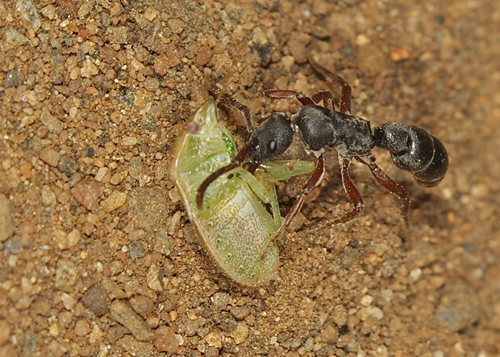 https://africawild-forum.com/viewtopic. ... 74#p391174
https://africawild-forum.com/viewtopic. ... 74#p391174
a
Platythyrea sp. A very interesting genus, some catch beetle and bug and some don't have a queen.
Maybe we can narrow down to species level.
https://www.antwiki.org/wiki/Platythyrea
https://www.antwiki.org/wiki/Key_to_Afr ... ea_workers
7 spp. recorded from South Africa:
Platythyrea arnoldi (from the coastal northern KZN)
Platythyrea cooperi (from KZN coast)
Platythyrea cribrinodis (KZN hinterland)
Platythyrea lamellosa (the most common one; from KNP and widespread)
Platythyrea matopoensis (SA and Zim but without detail on locations)
Platythyrea modesta (from KNP and elsewhere)
Platythyrea schultzei (from KNP, Limpopo, Zim and north Nam)
The candidates:
Platythyrea lamellosa does not have red legs
Petiole long and narrow, width/length index <64; mesonotum distinctly impressed over its whole length .
https://www.antwiki.org/wiki/Platythyrea_lamellosa
Platythyrea matopoensis: no info
https://www.antwiki.org/wiki/Platythyrea_matopoensis
Platythyrea modesta, an arboreal foraging ponerine ant, single workers mastered large prey, but were unable to retrieve them. They therefore recruited nestmates that either carved up the prey on the spot, and then solitarily retrieved pieces of prey, or consumed a part of the prey directly. Nevertheless, in most situations entire prey were consumed on the spot by recruited workers that, in certain cases, even transported larvae from the nest to the prey. In nature, the latter behavior resembles emigration.
Does have red legs
Posterodorsal extremity of petiolar node with a sharply projecting margin that include the 2 lateral teeth or angles and a low median tooth or lobe that overhangs the concave posterior face; mandible without dorsolateral groove
https://www.antwiki.org/wiki/Platythyrea_modesta
Platythyrea schultzei does have red legs
Posterodorsal extremity of petiolar node between lateral teeth rounding downward into posterior face, or at least without a sharp projecting margin; mandible near base with a strong dorsolateral groove
with many conspicuous large punctures on petiole and other dorsal surfaces
https://www.antwiki.org/wiki/Platythyrea_schultzei
Do you have more photos?
